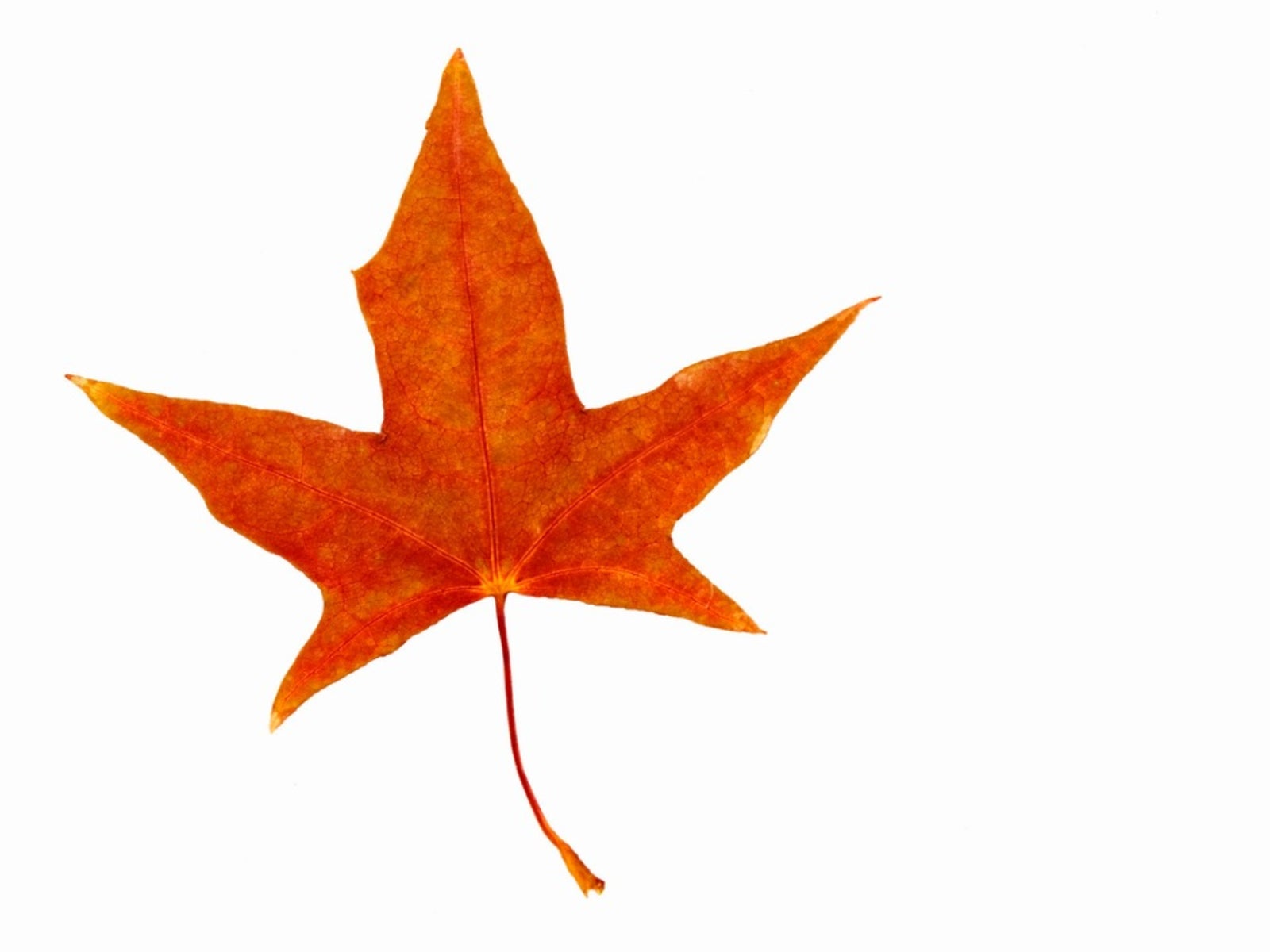Shantung Maple Care: Learn About Growing Shantung Maples


Shantung maple trees (Acer truncatum) look like their cousins, Japanese maple. You can identify them by the smooth edges of the leaves. If you want to know how to grow a Shantung maple, read on. You’ll also find Shantung maple facts that might make you decide to give these little trees a place in your garden.
Shantung Maple Facts
Almost any garden is big enough for one or two Shantung maple trees. The slender trees generally don’t get taller than 25 feet (8 m.) in the sun, or even less in the shade. Those growing Shantung maples appreciate their interesting trunks and the bright yellow flowers the tree produces every spring. New leaves grow in a bronze-purple shade but mature to a lively green. These small trees are among the first to show fall color. The show is spectacular. The green leaves turn a gorgeous, golden yellow flecked with red. Then they deepen to bright orange and finally turn into a gorgeous blazing red. Shantung maple trees work well as small shade trees and can live a long time. According to Shantung maple facts, some live up to over a century. This pleases wild birds that are attracted by them too.
How to Grow a Shantung Maple
The trees thrive in USDA plant hardiness zones 4 through 8. They are not picky about exposure, so you can start growing Shantung maples in full sun or full shade. They also thrive in a seaside planting in mild climates. Shantung maple trees accept many different types of soil. You can plant them in moist or dry soil that is clay, loam, or even sand. They like acidic soil but tolerate soil that is slightly alkaline. Shantung maple care is not difficult or time-consuming. You’ll need to irrigate the trees generously the first season after transplant. Care also includes watering during dry spells, even after the tree roots establish. Feeding the trees is also a part of Shantung maple care. Fertilize them in late February with a complete and slow-release fertilizer. The trees can attract aphids, so keep your eye out for these small, sap-sucking bugs. Often, you can wash them from leaves and stems with the hose or spray them with soapy water. The trees can be susceptible to root rot and verticillium as well, but they are resistant to leaf scorch.
Sign up for the Gardening Know How newsletter today and receive a free copy of our e-book "How to Grow Delicious Tomatoes".

Teo Spengler is a master gardener and a docent at the San Francisco Botanical Garden, where she hosts public tours. She has studied horticulture and written about nature, trees, plants, and gardening for more than two decades, following a career as an attorney and legal writer. Her extended family includes some 30 houseplants and hundreds of outdoor plants, including 250 trees, which are her main passion. Spengler currently splits her life between San Francisco and the French Basque Country, though she was raised in Alaska, giving her experience of gardening in a range of climates.